The Complete Guide to Personal Essential Oil Diffusers: Wellness You Can Breathe
If you've been reading about aromatherapy solutions, you would have come across a multitude of choices. From ultrasonic types that need to be refilled constantly to decorative reed diffusers that become ambient white noise, an essential oil diffuser can fit into diverse lifestyles.
Between commutes, busy office spaces, and those ever-changing schedules, many of us are looking for something that can anchor and ground us in the present. And aromatherapy provides just that!
In this blog, we’ll explore the different types of essential oil diffusers, highlight why personal aromatherapy diffusers are unique, and share simple rituals to help you breathe with intention throughout your day.
Quick Comparison: Which Diffuser Fits Your Life?
In choosing an essential oil diffuser, your lifestyle requirements should match the ideal choice.
Personal diffusers are unbeatable for portability: pen-form devices that dispense an aroma mist using a short breathing ceremony tailored for retronasal ventilation. They are best suited to pocket-ready moments anywhere, whether transitions at work or pre-meeting relaxation, and are perfect for micro-rituals and on-the-go wellness.
Traditional options serve different purposes: ultrasonic diffusers mix water and vibration to disperse diluted fragrance around rooms, adding ambient fragrance and humidifying the air. However, continuous diffusion leads to sensory adaptation and is not portable. Reed diffusers continuously diffuse oil into the air by wicking through decorative sticks, presenting a low-maintenance background fragrance with set strength and possible sensory adaptation. Nebulizing diffusers rely on pressurized air to disperse undiluted oil, building intense scents ideal for brief inhalations in expansive areas, but wasting more oil and possibly overstimulating senses. Heat ceramic diffusers offer easy, silent operation with gentle heat; however, heat can alter scent profiles, limiting their use to occasional applications.
Mixing essential oils? Be sure to go through the dos and don’ts.
Why Choose a Personal Aromatherapy Diffuser?
Turn any space into your own oasis with pocket-sized moments that journey effortlessly from office cubicles to airport terminals, but not airplanes themselves. From avoiding pre-meeting jitters to gaining clarity at lunchtime, personal diffusers bring focused well-being exactly where and when you need it the most.
Mindful ritual
Brief, intentional breaths in cycles create powerful anchors of presence that shift your mindset within moments. Every session is a conscious pause, inviting mental reset and perceived mood boost through basic, concentrated breathing patterns that place you firmly in the here and now.
Conceived to reduce sensory adaptation
In contrast to constant room diffusion that dissipates into ambient noise, short focused sessions with personal diffusers make every breath noticeable and significant. This tactical move eliminates the phenomenon of olfactory fatigue, ensuring that every aromatherapy session retains its desired effect and efficacy.
Nature connection
Experience nature-inspired scents that make trees and trails come closer, while mood-enhancing scents assist you in being calm and focused through expertly developed plant-based compositions.
How to Use a Personal Aromatherapy Diffuser (Step-by-Step)

Learning the skill of personal aromatherapy involves knowing mindful techniques to achieve maximum benefit:
-
Take off the cap and hold the diffuser to your lips.
-
Breathe in slowly through your mouth for 2–3 seconds.
-
Take it out of your mouth and breathe out through your nose.
-
Savor the soft scent of the mist. Repeat 2–3 times, as desired.
Pro tip: Integrate usage during transition times, prior to concentration blocks, after commutes, or before evening routines. Short sessions, several times a day, are perfect.
Sensory Adaptation: Why Short, Mindful Sessions Matter
Our olfactory system adapts naturally to perpetual stimuli, and background scents disappear into sensory "noise." This amazing process is the reason your favorite scented candle flame goes unnoticed after being lit for hours. For brief, purposeful interaction, personal diffusers allow every inhalation to be distinctive and significant, preserving the integrity of aromatherapy.
Retronasal breathing further develops this approach from the moment of retention. During exhalation, the diffusion of aromatic molecules past the olfactory organ ensures maximum sensory simulation and perception of aroma, as evidenced by olfactory studies.
Practical Tips:
-
Short sessions (2-3 gentle breaths)
-
A few times a day, whenever applicable
-
Rotate among fragrances to keep the experience fresh
-
Give your senses "rest" from ambient diffusion now and then
Ultrasonic diffusers (room ambiance)
These liquid-based systems perform well in providing a soft, ambient fragrance in dry spaces. However, constant diffusion can contribute to sensory adaptation, diminishing the benefits of aromatherapy over time. They work best for occasional ambient enhancement rather than therapeutic focus.
Reed diffusers (continuous scent)
Ideal for entryways and decorative areas, reed diffusers provide low-maintenance, continuous fragrance. However, their fixed strength and continuous output tend to cause sensory adaptation, restricting their wellness potential. They can be used effectively for aesthetic and faint scenting purposes.
If you adore ambiance + conscious breathing
Consider blending occasional room diffusers with personal diffusers to get the best of both worlds: ambient beauty and specific aromatherapy benefits through intentional breathing rituals.
Check out Dr. MONQ’s Wellness Guide: retronasal olfaction, sensory adaptation, and usage philosophy.
How to Choose Your First Personal Diffuser

-
Match your moment
Identify your main wellness goals: to calm oneself in stress-inducing moments, to enhance concentration during productivity, to uplift one's spirits on lethargic days, or to feel rooted amidst havoc.
-
Scent Families
Know the aromatic profiles: citrus notes for uplifting and energizing, mints for clearing and alerting, florals for calming and relaxation, woods for grounding and steadying, and spices for warming drama.
-
Ingredients and Transparency
Buy plant-based essential oil diffusers with clear labeling and transparent sourcing. The quality of ingredients equally affects both safety and the effectiveness of aromatherapy.
-
Experience Design
Consider tactile elements: the aroma mist's feel, pocketable considerations, and simplicity in setting up the ritual. Design considerations play into how often something is used; beautiful, usable tools are always great for helping tie a regular wellness practice into day-to-day life.
Check out this article to know how to choose an essential oil diffuser.
Everyday Rituals (Templates)
-
3-Breath Reset (anytime): Two or three gentle cycles of in-breath with intentional focus (such as feeling grounded). Suitable for those little shifts in between activities.
-
Focus block primer: One short burst before 25 minutes of task-focused work to build concentration and awareness.
-
Calm Commute: Times for short sessions before any trip; safe-alert-eyes-in awareness to enjoy aromatic benefits.
-
Evening Trail to Quiet: Choosing floral or woody blends, along with gentle stretching, promotes calmness for bedtime.
-
Micro Moment in the Forest: Use a woody blend while envisioning the trails and the trees - let the aroma mist make the natural connection.
Know more about our story, mission, and vision.
FAQs
-
What difference is there between personal aromatherapy diffusers and ultrasonic diffusers?
Personal diffusers induce very brief aromatherapy through inhalational rituals untethered from any ambient state, whereas ultrasonic diffusers diffuse ambient room scents by using water and vibrations.
-
How do I properly inhale with a personal diffuser?
Inhale slightly through your mouth for about 2-3 seconds and then gently exhale through your nose to best benefit from retronasal aromatherapy.
-
How often should I use the diffuser?
Use it in short episodes a couple of times a day as desired, so you do not get exposed to any sensory adaptation that would dull the aromatherapy effect.
-
Is there tobacco or nicotine?
No nicotine. No tobacco. No THC. Personal diffusers hold only plant-based essential oil blends for aromatherapy use.
Your Wellness Journey is One Breath Away
Personal essential oil diffusers are the next step in aromatherapy, offering mindful breathing in a compact, portable, and boundary-pushing way that doesn't involve a constant background scent. Instead of bombarding your senses with constant diffusion, these refined devices beckon specific moments of presence and well-being just when you need them the most.
Whether you are craving tranquility, vitality, or grounding, the humble ritual of taking up your own personal diffuser, breathing in softly through your mouth, and exhaling through your nose establishes potent anchors of wellness throughout your day. So, what are you waiting for? Grab the diffuser of your choice from the wide range of options we offer.


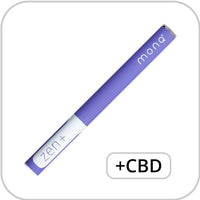


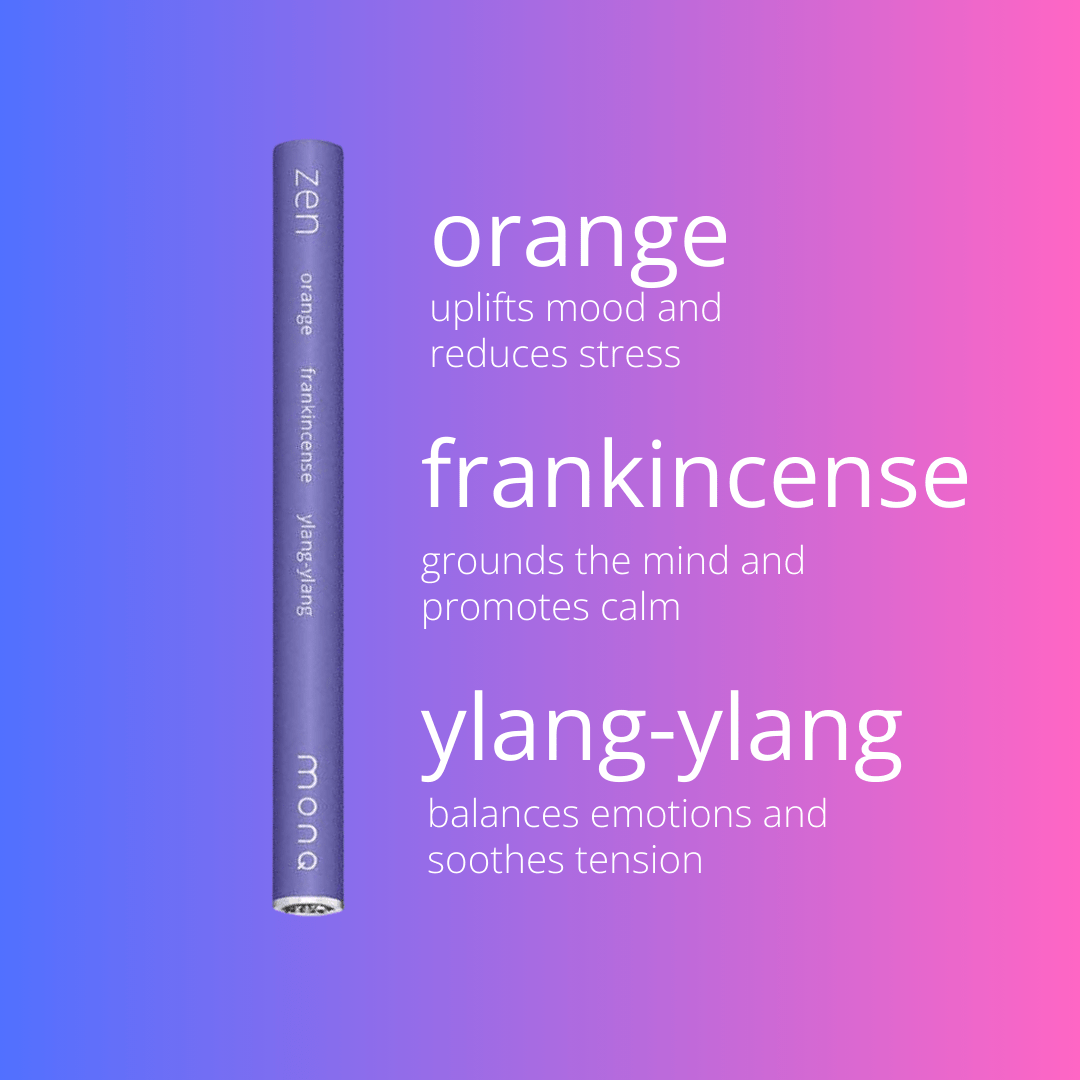
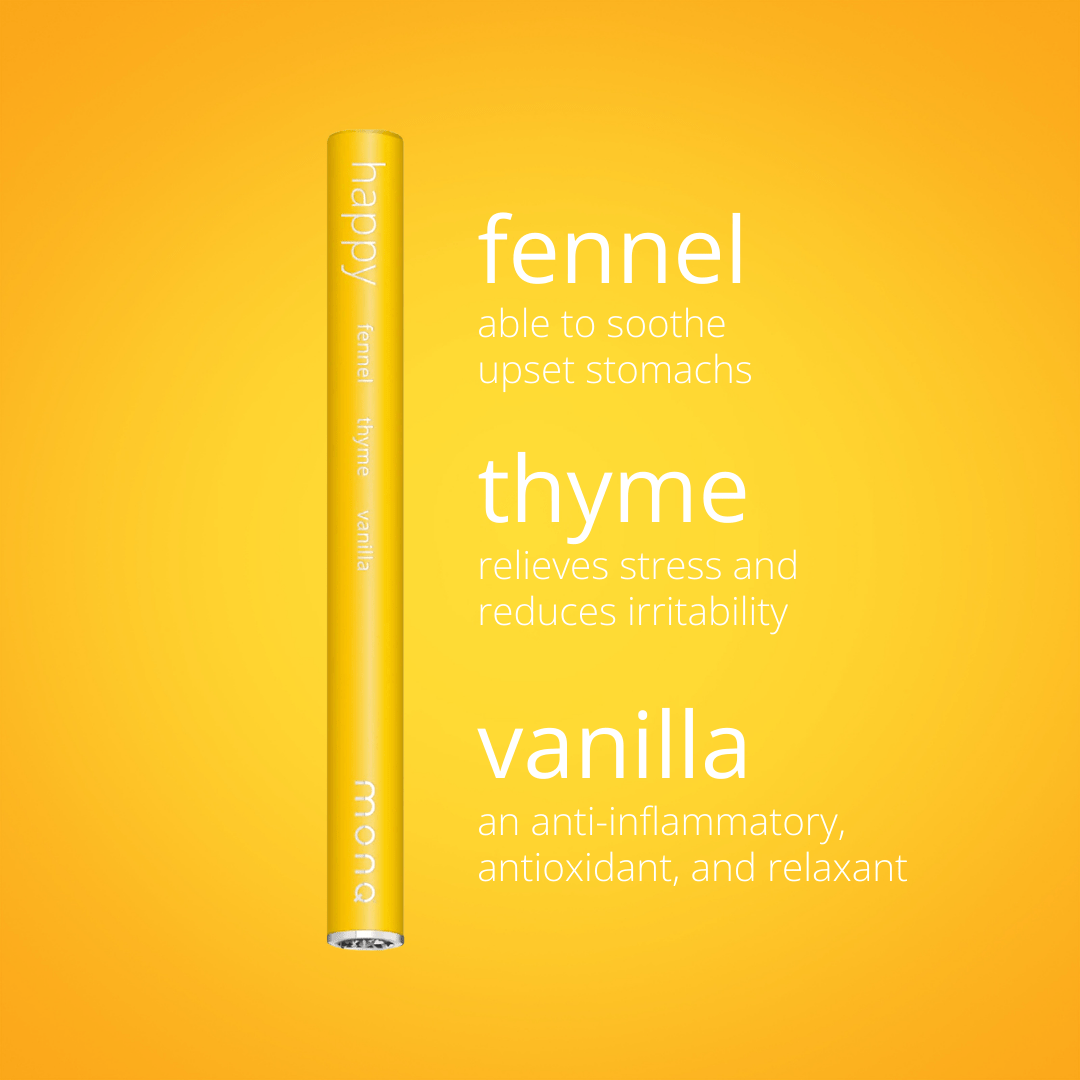
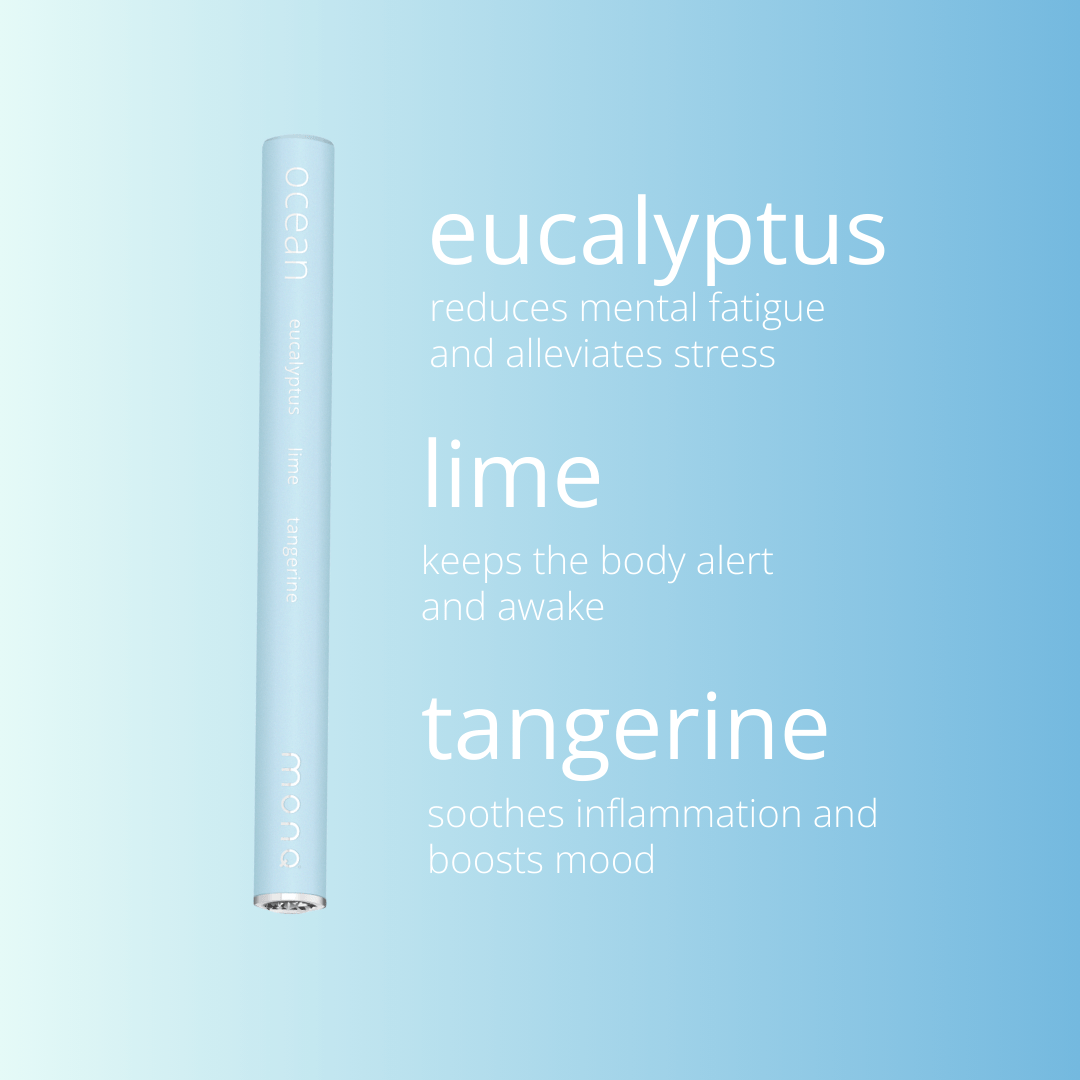
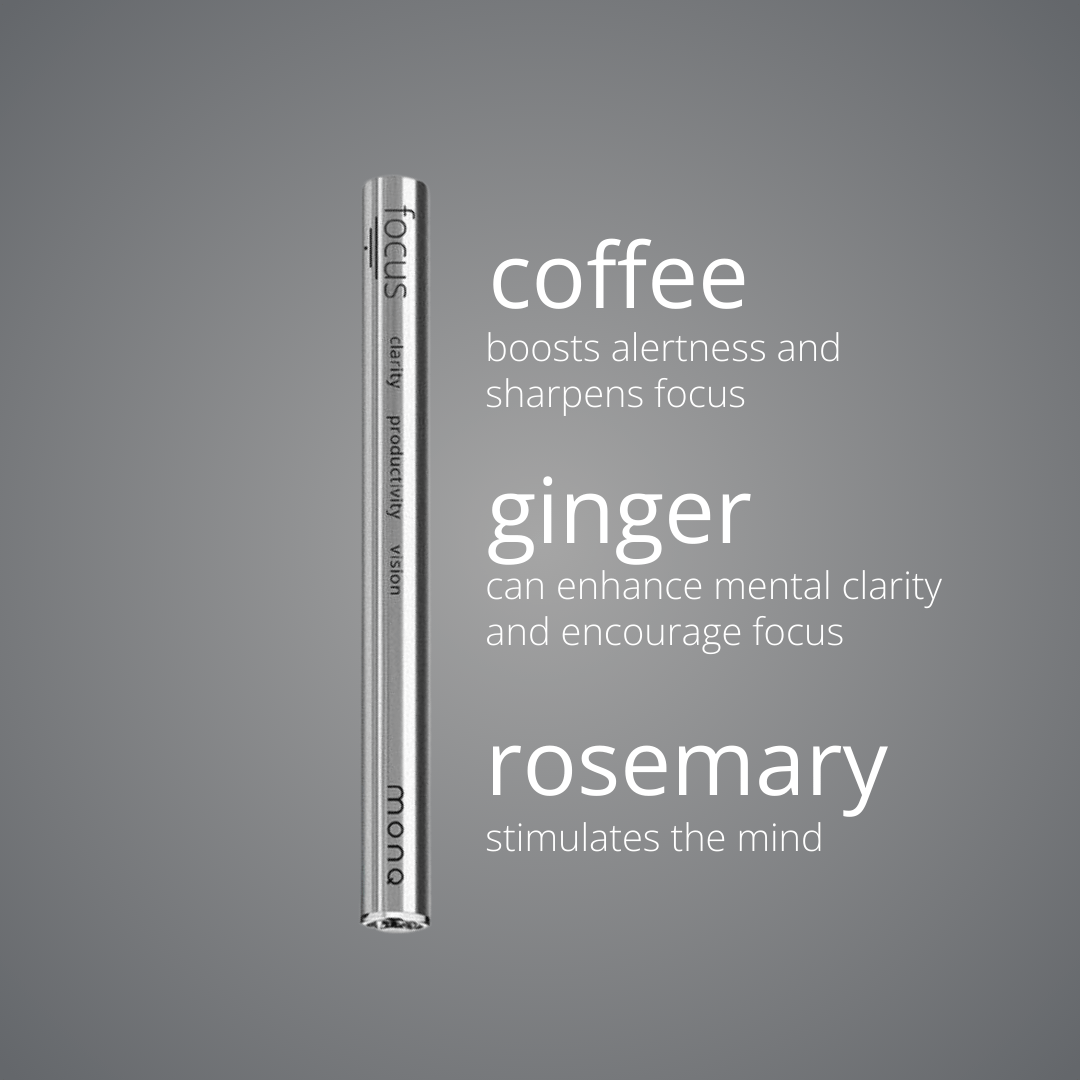

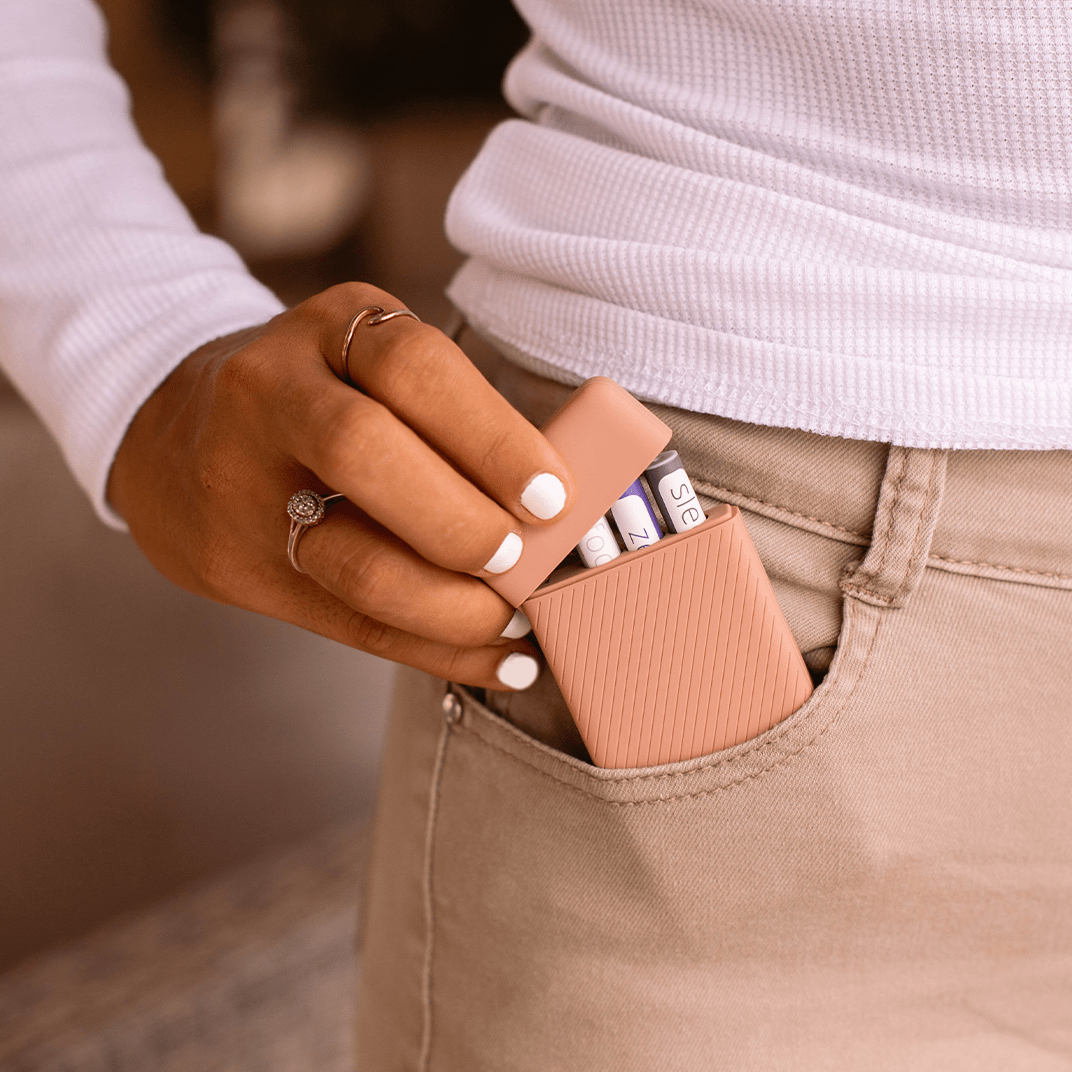
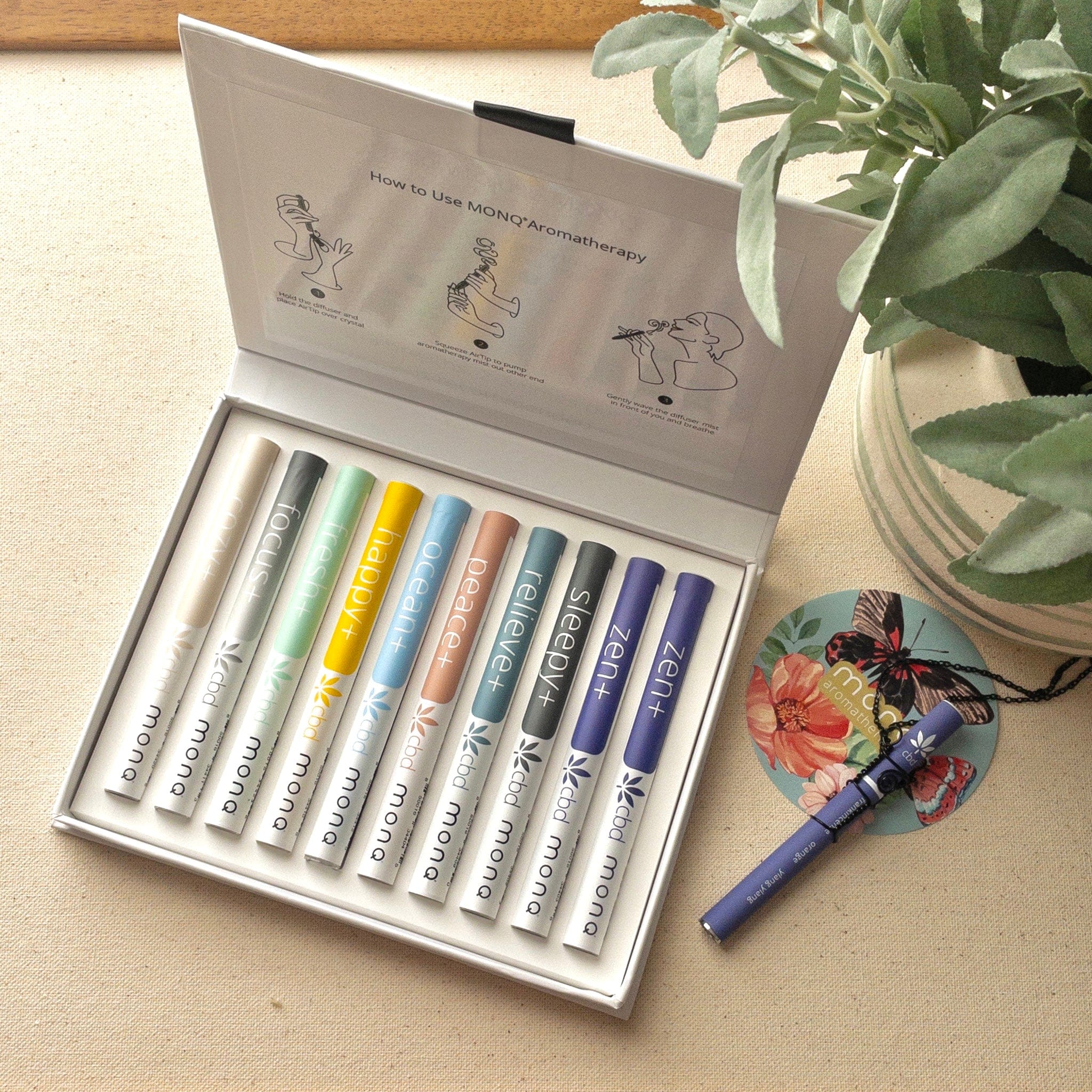
Leave a comment